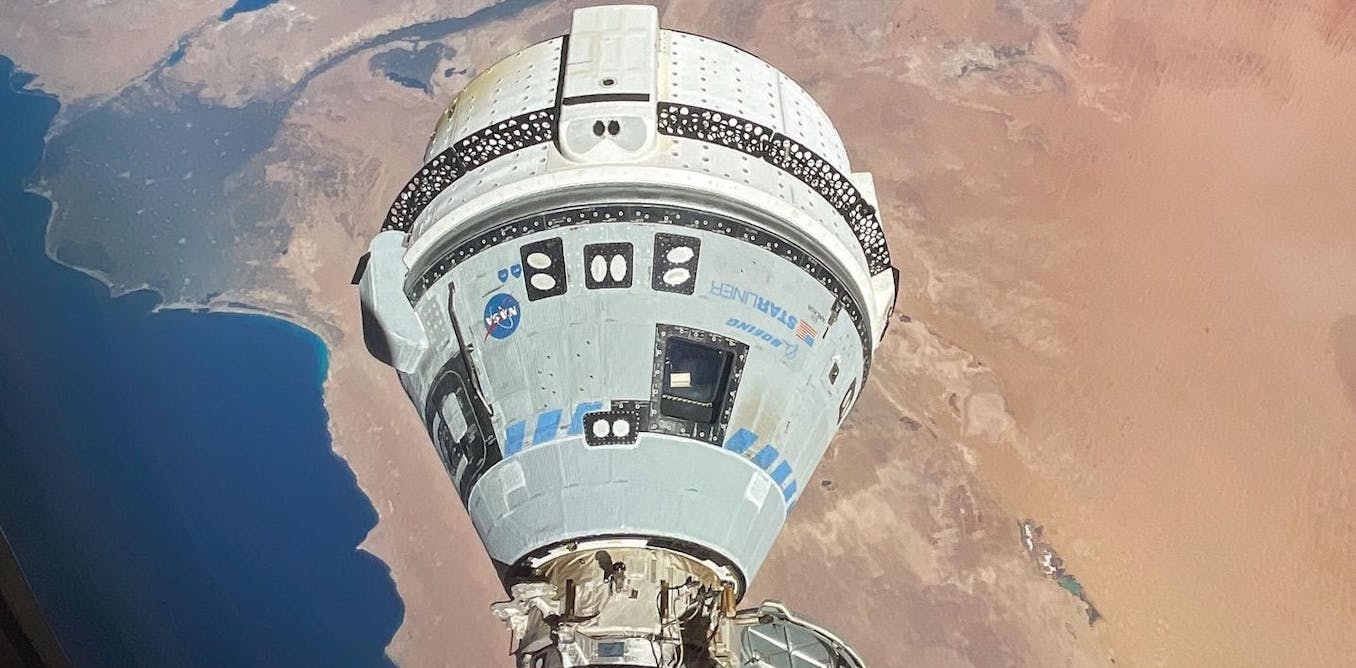I should have asked co-pilot about the fuel but I get too many 'time to change the subject responses." Tried it out and got a straight forward answer about the thruster fuel. Co-pilot did get the last say though, as it said "Please note that these propellants are toxic and should be handled with care." As an after thought, it also said please don't eat the rocks.
"The Boeing service module thrusters use a mixture of hydrazine and nitrogen tetroxide as propellant. These thrusters are pressurized using helium, an inert gas. The service module has four doghouse-shaped propulsion pods around its circumference, with lines for hydrazine fuel, nitrogen tetroxide oxidizer, and helium pressurant routed into each thruster pack. This system is used for larger orbital adjustments and launch-abort maneuvers."
Mixing the hydrazine with the nitrogen tetroxide produces combustion without any spark to set it off. Hydrazine is used in a lot of space craft, including satellites, as a fuel capable of being stored for a long time and still be totally functional.
Pressurant means "A gas used to drive a fluid through a fluid system." Pressurized fuel delivery for hydrazine rockets is very common, so not sure why Boeing is having all these problems. Boeing got about twice as much money as Space X to do the same thing. Found some
unsubstantiated rumors that have Boeing quitting space travel after this. Boeing built the space Station but that comes down in 2030. The SpaceLiner program is only scheduled through 2030. They have stated that they won't do fixed price space contracts anymore.
Space X uses fixed price contracts but because it is private company it is not known how much it costs to do what it does.
One article points out that even though Space X is apparently drastically cutting the costs of launching rockets it is not passing these savings on to its customers. But it is quoting relatively cheap prices to get stuff into space which could be undercutting any other companies in the business of launching space craft. One assumption is that Space X could be operating at a loss to capture the entire space business. Boeing isn't getting any satellite contracts unlike SpaceX which is getting a lot of them, which keeps the SpaceX program running. Robbing Peter to pay Paul?




